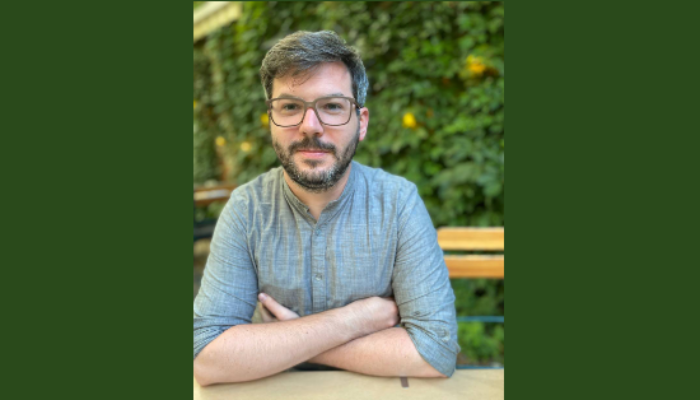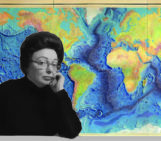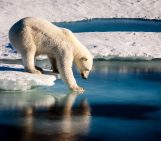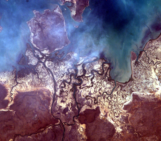
Hello Andreas. Welcome to GeoTalk! You’re a specialist in Geodesy, and your research surveys the Earth’s spatial and gravitational properties as they relate to climate change. Could you tell us more about how Geodesy can help us understand climate change?
Geodesy studies Earth’s geometric shape, orientation in space, and gravity field. Each of these components changes in time and is affected by climate-relevant processes. For example, variations in Earth’s gravity field are related to mass change signals such as ice mass loss, water storage variations, and sea level rise.
By precisely monitoring changes of Earth’s geometric shape, we can also better understand how the ocean surface, lake levels, or glacier volumes evolve. With GPS and other navigation satellite systems we can, amongst other things, measure how much water vapour – Earth’s most abundant greenhouse gas – is in the atmosphere. These are just a few examples where Geodesy contributes to understanding climate change, and there are many more!
As part of your work, you use satellites to observe and collect data on gravity. How do you collect data on such a seemingly enigmatic phenomenon?
Changes in Earth’s gravity field cause tiny perturbations in the motion of satellites when they orbit our planet. Tracking these perturbations over time spans of days to months allows us to calculate the originating changes in gravitational acceleration.
Two satellite missions, GRACE (Gravity Recovery and Climate Experiment) and its successor GRACE Follow-On, have been specifically designed for this purpose. Both missions consist of two twin-satellites chasing each other in orbit with a separation of about 200 kilometers. Their special feature is a highly precise intersatellite link which tracks the relative motion between the satellites with micrometer precision (for comparison, a human hair has a diameter of tens to hundreds of micrometers). With these unique measurements, gravity, and mass change signals can be observed on a global scale.
A key part of your work is visualising data. What lessons have you learnt when looking to effectively communicate your research through visuals?
When visualizing data and research results, I try to follow three rules: keep it simple, be consistent, and be inclusive.
Research studies lead to many, sometimes interdependent results, and large amounts of data. It is often more effective to focus on specific parts and space out information, rather than present everything in a tightly condensed fashion. In our highly specialized research landscape, this is especially important when working in an interdisciplinary environment.
Consistency in style and presentation makes it easier to ingest information as one can follow the same cues throughout the visualization. Being inclusive in visuals means choosing colour schemes which are perceived similar by everyone and making use of features, like alternative text, when publishing visualizations online.
As ECS Co-Representative for the Geodesy Division, you also help organise and deliver community events, such as those at the EGU General Assembly. Why do you think its important to engage with the Geodesy, and the broader geoscience, community?
The strong attendance at short courses, webinars, and community events at the EGU General Assembly, on-site and virtually, show that there is demand for a platform that goes beyond the traditional scientific exchange. With climate change, we face a challenge that needs to be tackled with interdisciplinary science. Community events facilitate the exchange of ideas and blue sky thinking which foster scientific collaboration that otherwise would not have been possible.




